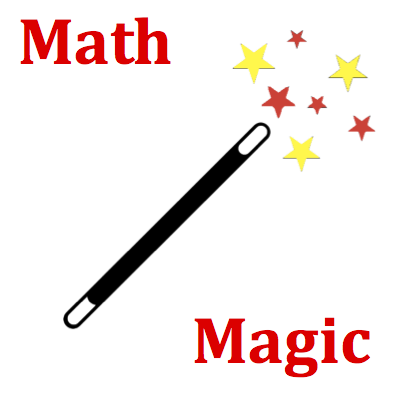Hold down the T key for 3 seconds to activate the audio accessibility mode, at which point you can click the K key to pause and resume audio. Useful for the Check Your Understanding and See Answers.
Mission CG7 Gravitational Field Strength - Question Group 5 Help

The acceleration of gravity upon Earth's surface is 9.80 m/s/s. At a location of 'R' above Earth's surface (where 'R' is the radius of the Earth), the acceleration of gravity is closest to ____ m/s/s.
Note: The numerical values in your question were randomly selected and may differ from those shown above.

The acceleration of gravity at any given location near or above a planet's surface is often referred to as the gravitational field constant of that planet. Such acceleration values are directly proportional to the planet's mass and inversely proportional to the square of the distance from the planet's center.

This question targets the relationship between separation distance and the acceleration of gravity. Placing an object a distance R above a planet's surface is comparable to doubling the distance of the object from the planet's center. Gravitational acceleration is inversely proportional to the square of the separation distance. The inverse nature of the law means that if the distance is increased, then the gravitational acceleration will be decreased. The inverse square nature of the law means the acceleration value will be decreased by the square of the factor by which the separation distance is increased. So if the separation distance becomes two times bigger, then the gravitational acceleration will become four times (22) smaller. The new gravitational acceleration would be one-fourth the original value. If the separation distance becomes three times bigger, then the gravitational acceleration will become nine times (32) smaller. The new gravitational acceleration would be one-ninth the original value.

where Mplanet represents the planet's mass and d represents the distance that the object is from the planet's center.
